
What do politicians, advertisers, charity organizations and public health officials all have in common?
They all want their message to catch on and spread.
But how to achieve this?
Advertising is the immediate answer, of course. You can’t get your message to spread unless you put it out there. But more and more it’s becoming clear that advertising alone just isn’t enough. Even high priced and aggressive ad campaigns can fail. And that’s because just getting a message out there doesn’t mean it’s going to catch on.
For that to happen, you need to get people talking, sharing and imitating. Social influence via word of mouth and social media marketing.
“Social Influence has a huge impact on whether products, ideas, and behaviors catch on. A word-of-mouth conversation by a new customer leads to an almost $200 increase in restaurant sales. A post to social media that gets shared can either increase or decrease sales depending on the message.
- A five-star review on Amazon.com leads to approximately twenty more books sold than a one-star review.
- Doctors are more likely to prescribe a new drug if other doctors they know have prescribed it.
- People are more likely to quit smoking if their friends quit and get fatter if their friends become obese.
People don’t just care about how they are doing, they care about their performance in relation to others.
A good impression is a kind of social currency.
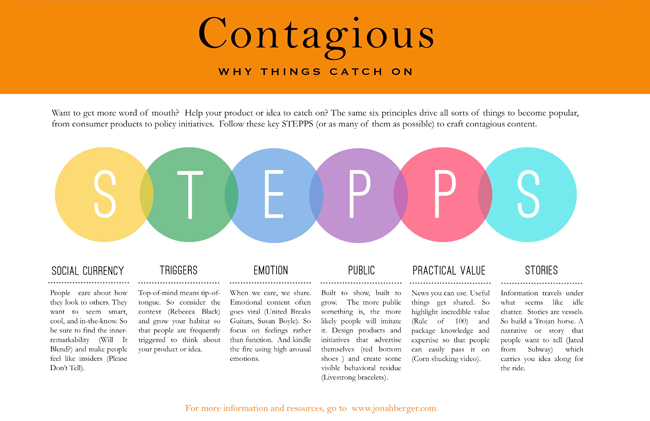
1. SOCIAL CURRENCY
WE SHARE THINGS THAT MAKE US LOOK GOOD
40% of what people talk about are about personal experiences or personal relationships. Why?
We are wired to find it pleasurable. Research found that disclosing info about self is intrinsically rewarding.
- Sharing personal opinions activated same brain circuits that respond to rewards like money and food.
Why do people share?
- Choices signal identity.
What do they share?
- Entertaining, clever, hip, and leaves behind a good impression. Word of mouth is a prime tool for making a good impression.
One thing that we certainly like to talk about are things that make us look good or important in the eyes of others. Being the social creatures that we are, we want to be liked and thought highly of by those around us, and this fact often finds its way into what we talk about.
As Berger talks about in Contagious notes, “what people talk about… affects what others think of them. Telling a funny joke at a party makes people think we’re witty. Knowing all the info about last night’s big game or celebrity dance-off makes us seem cool or in the know.
So, not surprisingly, people prefer sharing things that make them seem entertaining rather than boring, clever rather than dumb, and hip rather than dull”.
2. TRIGGERS
TOP OF MIND IS TIP OF TONGUE
Pioneer Mars expedition, Mars Bars sales rocketed.
How triggers affect behavior.
At any given moment, some thoughts are more top of mind, or accessible, than others. But stimuli in the surrounding environment can also determine which thoughts and ideas are top of mind.
Sights, smells, and sounds can trigger related thoughts and ideas, making them more top of mind.
Seeing a sandy beach in a travel magazine might trigger thoughts of cool drink Indirect triggers:
But triggers can also be indirect. Seeing a jar of peanut butter not only triggers us to think about peanut butter, it also makes us think about its frequent partner, jelly.
Triggers are like little environmental reminders for related concepts and ideas.
Advertising triggers: Market research often focuses on consumers’ immediate reaction to an advertising message or campaign. That might be valuable in situations where the consumer is immediately offered a chance to buy the product.
But in most cases, people hear an ad one day and then go to the store days or weeks later. If they’re not triggered to think about it, how will they remember that ad when they’re at the store?
Habitats: Biologists often talk about plants and animals as having habitats, natural environments that contain all necessary elements for sustaining an organism’s life. Ducks need water and grasses to eat. Deer thrive in areas that contain open spaces for grazing. Products and ideas also have habitats, or sets of triggers that cause people to think about them. Take hot dogs. Barbecues, summertime, baseball games, and even wiener dogs (dachshunds) are just a few of the triggers that make up the habitat for hot dogs.
Frequency of stimulus: One key factor is how frequently the stimulus occurs.
Frequency, however, must also be balanced with the strength of the link. The more things a given cue is associated with, the weaker any given association. The color red, for example, is associated with many things: roses, love, Coca-Cola, and fast cars, to name just a few.
As a result of being ubiquitous, it’s not a particularly strong trigger for any of these ideas. Linking a product or idea with a stimulus that is already associated with many things isn’t as effective as forging a fresher, more original link.
It is also important to pick triggers that happen near where the desired behavior is taking place.
- Triggers and cues lead people to talk, choose, and use.
- Social currency gets people talking, but Triggers keep them talking.
- Top of mind means tip of tongue.
3. EMOTION
WHEN WE CARE, WE SHARE!
- We share useful information.
- We share interesting information.
- We share awe-inspiring information.
- We share pleasant and positive information that is useful, interesting and awe-inspiring.
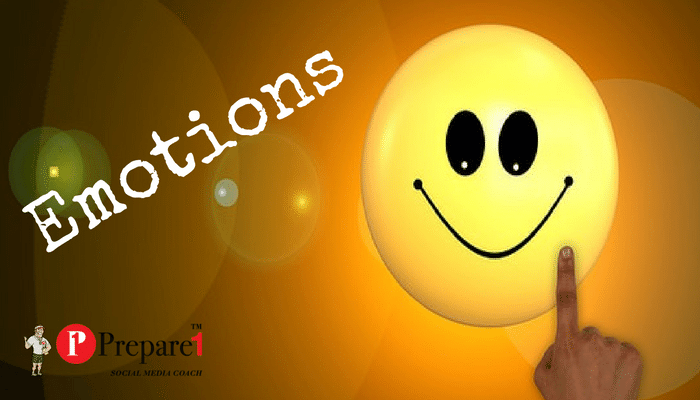
People prefer to share good news. People prefer to share positive information. But we also share news that arouse anger and anxiety.
Emotions can be positive or negative but an additional dimension of activation or arousal. Arousal is a state of activation and readiness for action. Psychological arousal motivates a flight-or-flight response that helps organisms catch food or flee from predators.
Arousal kindles the fire. Anger and anxiety are high-arousal. When inspired by awe we can’t help wanting to tell people what happened.
Sadness and contentment deactivates people. Makes people relax.
In the spring of 2008, Sons of Maxwell were traveling to Nebraska for a one-week tour and his Taylor guitar was witnessed being thrown by United Airlines baggage handlers in Chicago.
He discovered later that the $3500 guitar was severely damaged. They didn’t deny the experience occurred but for nine months the various people he communicated with put the responsibility for dealing with the damage on everyone other than themselves and finally said they would do nothing to compensate me for my loss.
So he promised the last person to finally say no to compensation (Ms. Irlweg) that he would write and produce three songs about my experience with United Airlines and make videos for each to be viewed online by anyone in the world. United Breaks Guitars is the first of those songs.
-
Almost 16 Million views now.
United Breaks Guitars—video! Stock price dropped $180 Million, or 10 percent, after the video.
Marketing messages tend to focus on information;
- We need to focus on people, the underlying emotions that motivate people to action.
Use “Three Whys” to find the emotional core of an idea.
Write down why you think people are doing something. Then ask, “Why is this important?” three times!
We need to figure out how to make them care!
Select high arousal emotions that drive people to action. Show them how they can make difference. On the negative side, make people mad, not sad. More anger or more humor led to more sharing.
4. PUBLIC VISIBILITY
IF SOMETHING IS BUILT TO SHOW, IT WILL GROW
Public Visibility is key.
The psychology of imitation—people often imitate those around. People are more likely to laugh when they hear others laughing.
People imitate because others’ choices provide information. To resolve uncertainty, we often look to what other people are doing and follow that. We assume of other people are doing something, it must be a good idea. They know something we don’t. Psychologists call this idea “Social Proof”.
- Kidney transplants and Social Proof: 97.1 percent of kidney offers are refused because recipients low on the list believe that if the kidney being offered to them is not good enough for people on top of the list, it isn’t good enough for them.
- People assume that the longer the line at a vendor, the better the food.
- Herd mentality even affects careers—MBA students have a broad range of ambition at the beginning of the program; during the second year their ambition becomes homogenous and concentrated. Two-thirds want to get into investment banking or consulting, with a sprinkling of other careers. This herding is driven by social influence.
Thoughts are private, behavior is public.
Social behavior is stronger when behavior was observable. Public visibility boosts word of mouth and social media sharing, liking and commenting.
The more public a product or service is, the more it triggers people to action.
- Polo logo
- Apple’s white earphones, are visual tools.
Observability and Social Proof can have a backlash for stopping bad behavior. Say no to drugs, music piracy ads actually increased bad behavior by making it more observable with Social Proof.
Instead highlight what the good behavior ought to be and highlight it.
5. PRACTICAL VALUE
How can we craft social media content that seems useful?
People like to help others, so if we can show them how our products or ideas will save time, improve health, or save money, they’ll spread the word. But given how inundated people are with information, we need to make our message stand out.
We need to understand what makes something seem like a particularly good deal. We need to highlight the incredible value of what we offer—monetarily and otherwise. And we need to package our knowledge and expertise so that people can easily pass it on.
6. STORIES
INFORMATION TRAVELS UNDER THE GUISE OF IDLE CHATTER
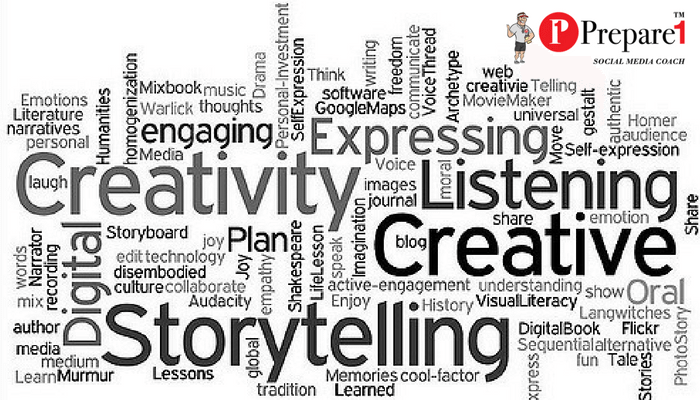
Send your message in a story, so people can’t separate the two. People don’t think in terms of information.
They think in terms of “narratives.” While people focus on the story, information comes along for the ride. Information travels under the guise of what seems like idle chatter.
FINAL THOUGHTS
Follow these six keys, or even just a few of them and you can harness social media influence and word of mouth to get any product or idea to catch on.
The best part of these keys, is that anyone can use it. It doesn’t require a hugh advertising budget, marketing genius, or some sort of creativity gene.
Regular people with regular products and ideas. But by harnessing the psychology of social media influence and word of mouth, you will be able to make your products and services succeed.
About Blair

Blair Evan Ball is a Social Media Coach and founder of Prepare1, a company that works with businesses, individuals and non-profits. He is a former executive with a Fortune 50 company, and his national division did $1Billion+ in sales annually.
Blair has written three e-books: Facebook for Business Made Easy, Facebook Pages for Business Made Easy, and WordPress Blog Setup Made Easy.
Blair also educates, trains entrepreneurs and business professionals how to amplify their brand, increase revenues, and raise more funds.
![[Study] How Will Businesses Change Their Social Media Activities 5 Golden Rules for Sharing on Social Media](https://www.prepare1.com/wp-content/uploads/2014/03/COACH-logohat-162x300.jpg) The Race is ON! | PREPARE | Get into the Game and WIN!
The Race is ON! | PREPARE | Get into the Game and WIN!

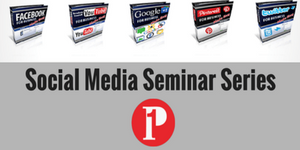
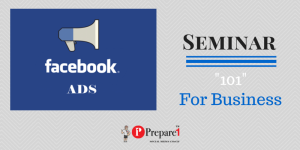
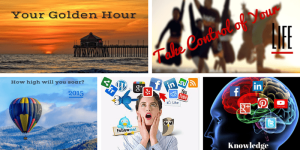

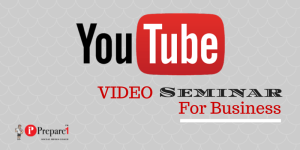
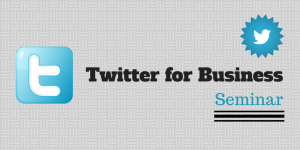
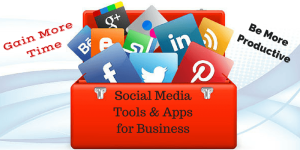
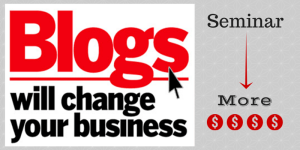
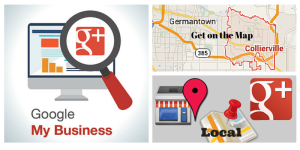

Comments on this entry are closed.